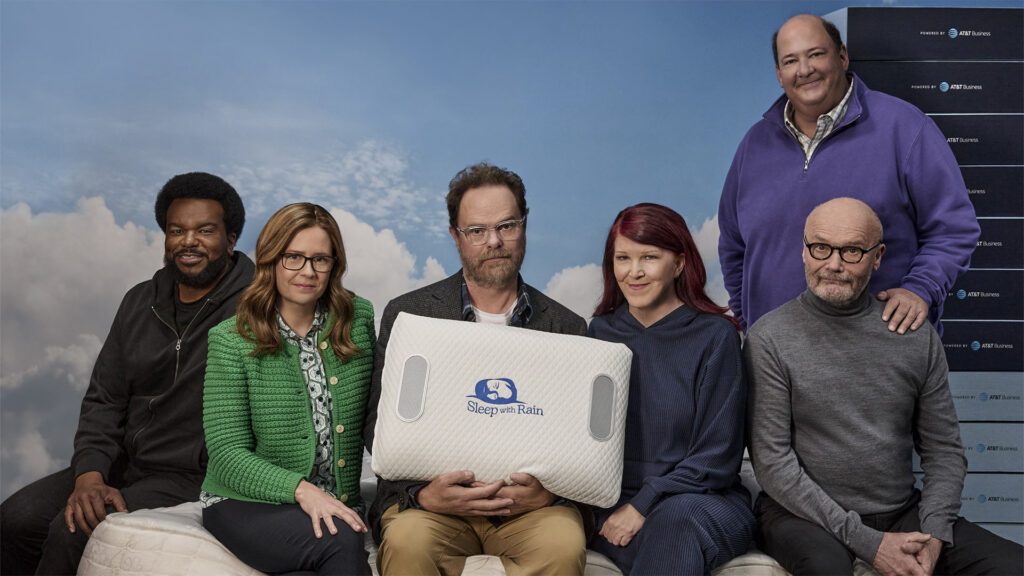As L’Oreal’s Global Marketing Director, Melissa Hughes has spent the past two years overseeing a haircare and beauty portfolio for hair and skin tones of all types, beloved not just by consumers, but a wide range of salons and makeup professionals. But pivoting to DIY use cases in the wake of COVID-19 lockdowns has proven to be her biggest messaging challenge as of late.
“Just when you think you know the multicultural beauty customer, things change,” Hughes said at Brand Innovators’ Overcoming Adversity Virtual Summit on July 16, presented by Captify. Prior to the pandemic, Hughes was prepping a new campaign for Dark & Lovely, L’Oreal’s top haircare brand for Black women. “Women aren’t going into beauty salons to get braids and twists and locks anymore. We had to create work to show people they can do haircare and styling at home.” The brand used its social channels to showcase different hairstyles, offering tips for women to complete their looks from home.
As people have been sheltering in place, Hughes said there’s been a growing trend of women, particularly Black women, trying different hair colors that she expects to stick around for the long haul. “The one thing that’s here to stay is that reds and blondes are booming right now. Consumers are getting out of browns and blacks,” she said, adding that part of the trend is driven by video and face-time calls. “Zoom calls have allowed for more self expression, and I can’t wait to see those colors continue to grow.”
During her fireside chat, Hughes discussed the best ways for brands to speak to the current social justice movement with authenticity, how brands can discover and leverage their purpose, and how L’Oreal is working to capitalize on the current ecommerce boom. Here are some key takeaways that any marketer can apply to their brands. Click the link below to watch Hughes’ Livecast Q&A in full.
Brands should be more like Ben & Jerry’s. Prior to joining L’Oreal in 2018, Hughes spent seven years at Unilever managing a number of different brands including Ben & Jerry’s, the ice cream brand that has been praised for its nuanced contributions to the dialogue around social justice. She noted that Ben & Jerry’s, as far back as 2014, was discussing social justice. It wasn’t a popular conversation then, but because of that, it has become part of what the brand stands for. “A lot of brands are dabbling in this space and I always ask, ‘Do you want to be Ben & Jerry’s and post every day, or do you only want to post during Pride and Black History Month?’ There’s a middle ground that brands can work toward. You can’t become Ben & Jerry’s overnight. There are a lot of organizations that bring it to life in a big way.”
Hughes also applauds Uber’s efforts to assist black-owned businesses by waiving delivery fees. “It helps bring people to new places they may have never tried. A lot of tech-based brands have been able to find this niche space and expand there.”
Focus on purpose. In addition to Dark & Lovely, L’Oreal’s brand portfolio is home to two Black-owned haircare brands, Carol’s Daughter and SoftSheen Carson, which Hughes said will become a larger part of her team’s messaging going forward. “The largest conversation we’ve seen is shopping black-owned businesses. Knowing L’Oreal owns SoftSheen Carson, we focus our conversation around being black-led. That means keeping brands black-led and making that the communication. The black women running it are bringing the original vision back to life and driving that meaning home. It’s about bringing your brand resiliently through this time and how your brand can educate and better incorporate diversity. We’ve honed in on educating people on mental health, voter registration and the primaries. Change comes when you speak to these things from a point of power. We’ve continued this since late May, and you’ll continue to see our brands really embrace this time and say that we are committed to change.”
Ecommerce will only grow from here — plan for it.
Hughes noted that ecommerce has exploded since COVID-19 caused everyone to stay home. Many of her brands had previously been purchased at drug stores, and that customer often prefer to see and touch the products versus buy them online. She noted that she and her team put some support behind ecommerce for Dark & Lovely this year, into the year, but it did not have a true overall growth strategy behind it. But that has changed, and plans that may have had a longer time line are being accelerated now.
“Ecommerce is here to stay, and we’re excited to see consumers take this channel on,” she said, adding that L’Oreal has launched a Dark & Lovely try-on tool for people to try different colors at home. (L’Oreal purchased Modiface, a virtual try-on tool, a couple years back, helping the company accelerate this practice.) “Taking this tool and accelerating it, we’ve been able to expand it beyond hair into mascara and eyeshadow. It’s been great to show what a virtual shelf can look like.” She added thatDark & Lovely has increased budgets and sales this year, and is trying out new avenues for Dark & Lovely like Amazon Prime Video, and has even dabbled in Alexa marketing.
Keep up with changes in behavior and develop content around that. It seems obvious, but it bears repeating: brands must keep up with rapidly and increasingly niche changes in consumer behavior. “Our data platforms are evolving. We have more data than we could ever imagine, and it’s really causing a shift from gut decision-making to data-driven decision-making. After someone has tried on in the virtual trial tool, we ask ourselves, ‘How do you keep them engaged?’ ‘How are they continuing to engage with your brand?’ Content plays a huge part here. Using data to create relevant content and allowing that to be your consistent touchpoint in your path to purchase is critical.”
Pivot, and pivot again. Overall, Hughes has used this unprecedented experience of a pandemic to pivot, learn, and pivot again when needed. “Embrace this time, learn from it, and be able to pivot. Pivoting has been a blessing and a curse for us. It’s all about trial and sometimes things won’t work, but it’s about learning from it. Were we targeting the right audience? Was it the best media buy for the creative? These are things we ask ourselves.”
Flexibility and the ability to pivot quickly will be key as marketers grapple with managing their 2021 planning. “When it comes to planning for 2021, it’s about keeping your finger on the pulse of what’s right and having the ability to pivot,” she said. “When we think about building out marketing plans, what do you build off of? 2019, or 2020 given what’s happened? We’re keeping our plans really agile in a sense of: ‘Okay, my strategy was rooted in events and events are gone, so how am I repurposing?’ How do you plan for events if we don’t know when events will return? You need to embrace this time, learn from it, and be able to pivot. Having an A, B, C and D plan is key.”




